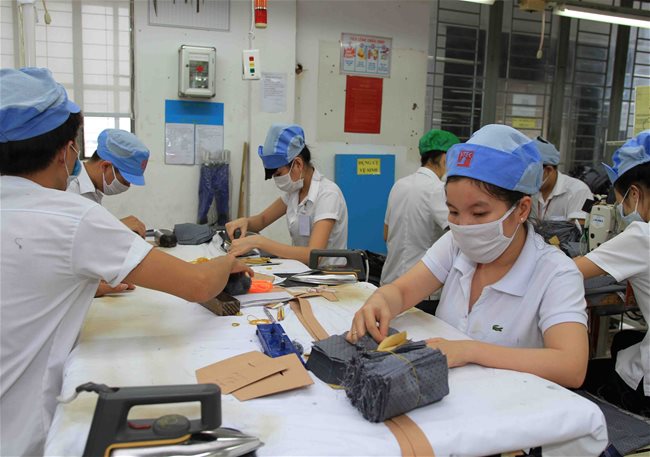HCMC – After returning to growth in June, the Vietnamese manufacturing sector took a step back in July, seeing declines in output and new orders as the Covid-19 pandemic continued to impact business conditions, according to a report released by IHS Markit on August 3.
Employment decreased again, while purchasing activity reduced. The rate of input cost inflation remained muted, while competitive pressures led to firms lowering their output prices, the London-based global information provider stated in the report.
The Vietnam Manufacturing Purchasing Managers’ Index dipped back below the 50 no-change mark in July, posting 47.6 from 51.1 in June. Business conditions also deteriorated in five of the past six months.
The July data showed a modest reduction in manufacturing output, after a return to growth had been registered in the previous month. However, the fall was much softer than that seen during the worst of the recent downturn.
Respondents said the pandemic continued to impact operations, with new orders reportedly lower. Both the intermediate and investment goods sectors recorded falls in output, while the production of consumer goods increased.
In line with the picture for output, new orders fell following a rise in June. Total new business was undermined by a sharp contraction in new export orders, linked to restrictions on travel and falling demand in export markets due to Covid-19.
With new orders taking a step back, firms were able to deplete their backlogs of work again in July. Outstanding business decreased for the sixth month running, and to a greater extent than during the prior survey period.
The lack of work reportedly led to a further reduction in employment, with some workers reportedly deciding to leave in search of opportunities elsewhere. Employment fell at a solid pace.
Apart from seeing staffing levels decrease, manufacturers scaled back their purchasing activity, stocks of inputs and finished goods inventories at the start of the third quarter. In all cases, falls in July followed rises in June and were linked to a reduction in new orders.
Suppliers’ delivery times lengthened for the eighth time in as many months. Difficulties receiving items from suppliers in China and issues with sea transportation were reportedly behind the latest instance of lead time lengthening.
The scarcity of raw materials contributed to a second successive monthly increase in input costs during July. That said, the rate of inflation remained muted.
Meanwhile, output prices were reduced for the sixth month running. The latest fall was modest, but sharper than that seen in June.
Despite a drop in output in July, firms remained confident in the 12-month outlook for production. Sentiments were down only slightly from that seen in the previous month. According to respondents, expected improvements in market demand and new orders were behind the positive outlook for output.











